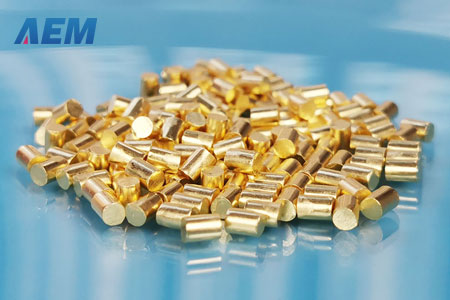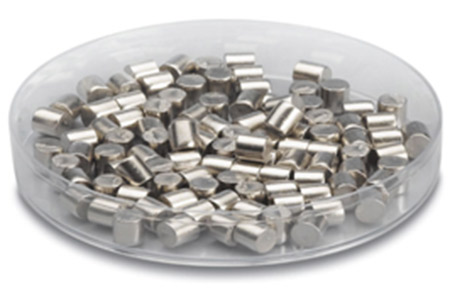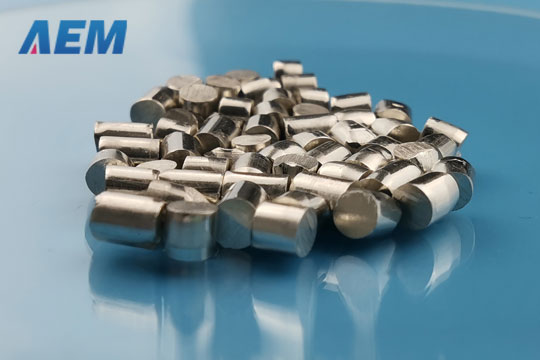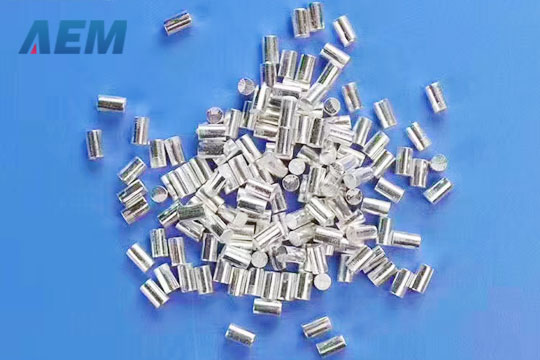 +86-731-89578196
+86-731-89578196
 [email protected]
[email protected]
- Home
- Our Company
-
Products
Sputtering Targets

- Industries
- Blog
- FAQ
- Contact Us
Production of Precious Metal Powder
Precious Metals are used extensively in such advanced material applications as electronic components, fuel cell electrodes, and high-performance catalysts. Fine precious metal powders are used in the electronics industry to manufacture fired conductors, multilayer ceramic capacitors, and conductive adhesives using thick-film technology. Multilayer ceramic capacitors are small electronic chips built up of alternating thin layers of non-conducting ceramic material sandwiched between an equal number of thin layers of the conducting electrode layer. The most commonly used precious metal powders are silver, gold, palladium, platinum, and combinations such as silver-palladium and gold-platinum.
Excellent conductivity, corrosion resistance, good solderability, and air stability during the firing of the metal-ceramic films make precious metals the preferred electronic material for high-performance applications. The cost of using these more expensive materials is more than outweighed by their ease of firing, subsequent stability in the air, and ease of attachment by soldering and welding. Precious metal pastes are used in various sensors, including systems for measuring oxygen, humidity, dew point, wind speed, flow rate, pressure, and temperature. These sensors use the catalytic characteristics of the metals as well as their moisture resistance, heat resistance, and conductivity. Gold, platinum, rhodium, and ruthenium are the principal precious metals used. The conductor pastes used in thick-film applications generally contain four components consisting of the metal powder, a glass powder included as a bonding agent for joining the metal to the substrate, an organic vehicle containing an organic resin that imparts the needed rheology to the paste for screen printing, and a solvent to control the viscosity and solids content.
Production of Precious Metal Powders
The particle sizes for the metal powders range from 5 µm down to less than 0.1 µm. Uniform size distributions and spherical morphology are prerequisites for a good conductor paste. Precious metal particles with two-dimensional flake morphology are also used. They are preferred to manufacture conductive adhesives and for polymer thick-film applications where the precious metal powders are not sintered. The majority of these fine precious metal powders are prepared by chemical precipitation from an appropriate aqueous salt solution. Homogeneous nucleation is the prerequisite for delicate, smooth, and dispersed metal particles made by chemical precipitation. Any heterogeneous nucleation needs to be suppressed. In addition to controlling the nucleation mechanism, the prevention of aggregation or coagulation of the fine particles precipitating out of the solution is equally important. Van der Waals attraction forces are responsible for coagulation, while electrostatic repulsion forces from the electric double layers surrounding the particles act against coagulation. Without controlling the attraction forces, the particles become flocculated, making it very difficult to control the powders' size. Generally, changing the particles' surface potential via adsorption of surfactants is used to prevent aggregation by precipitating the metal powders directly from an organic phase, which provides uniform and enhanced steric stabilization with no stabilization by electrostatic repulsion, more refined and smoother particles are obtained.















